Home>Furniture>Outdoor Furniture>What Is A Ridgeline Hammock
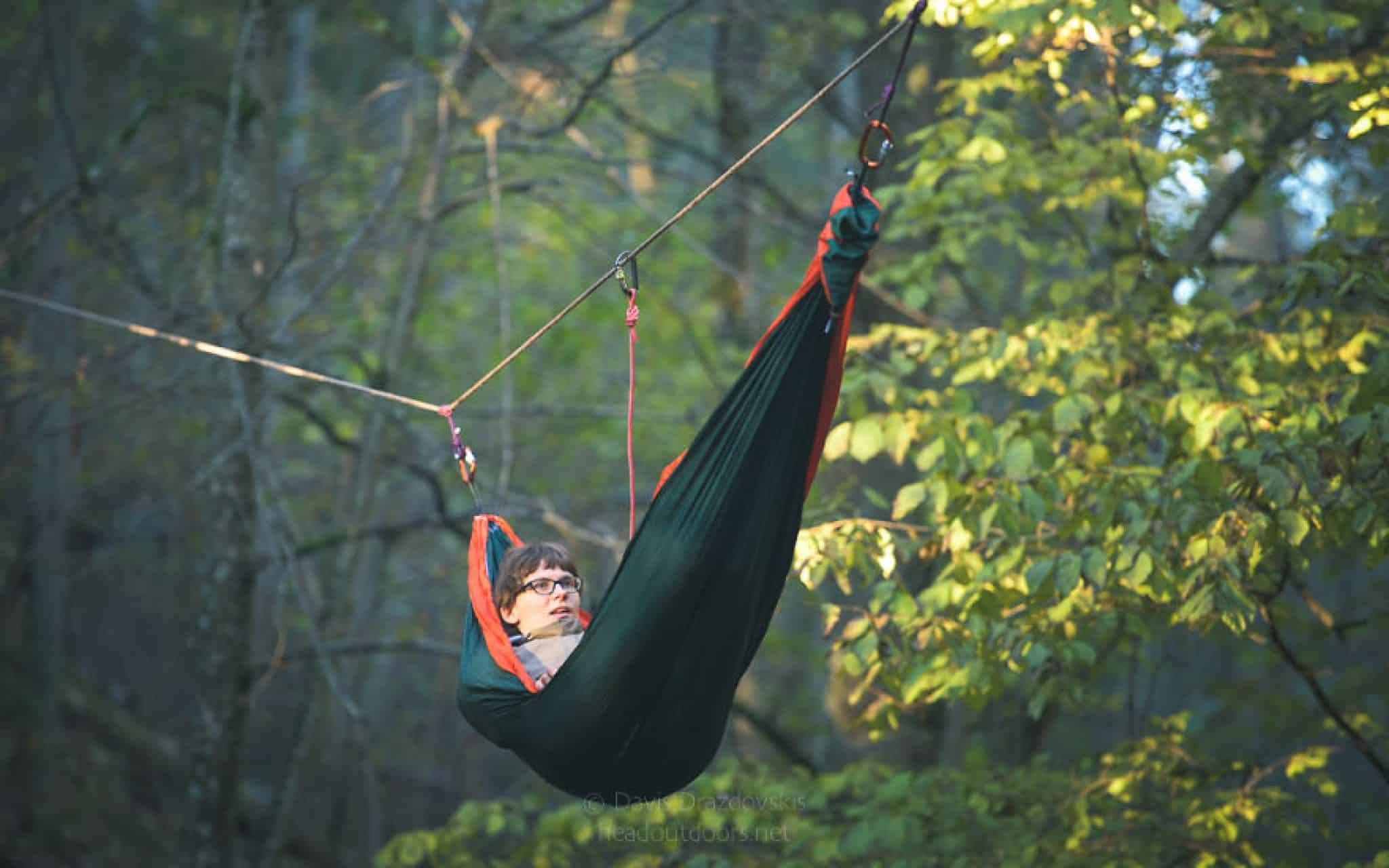

Outdoor Furniture
What Is A Ridgeline Hammock
Modified: March 16, 2024
Experience ultimate comfort with a ridgeline hammock. Perfect for outdoor relaxation, this durable and stylish outdoor furniture is a must-have for any adventure seeker.
(Many of the links in this article redirect to a specific reviewed product. Your purchase of these products through affiliate links helps to generate commission for Storables.com, at no extra cost. Learn more)
Introduction
Picture this: it’s a beautiful sunny day, and you’re surrounded by nature’s bliss. You’ve found the perfect spot to relax and unwind, but there’s just one problem – you don’t have a comfortable place to sit. This is where a ridgeline hammock comes to your rescue.
A ridgeline hammock is a type of outdoor furniture that provides a comfortable and convenient way to lounge outdoors. Whether you’re camping, hiking, or simply spending time in your backyard, a ridgeline hammock offers the perfect solution for relaxation.
But what exactly is a ridgeline hammock, and what sets it apart from other types of hammocks? In this article, we will delve into the definition of a ridgeline hammock and explore its various components, benefits, and tips for setting up and using one. So, let’s get started!
Key Takeaways:
- A ridgeline hammock is a comfortable and versatile outdoor furniture that provides a flat sleeping surface and bug protection. It’s easy to set up, lightweight, and promotes relaxation in various outdoor settings.
- To enjoy a ridgeline hammock, choose sturdy anchor points, adjust the ridgeline for tension, and follow safety guidelines. Regular cleaning and proper storage will ensure years of outdoor comfort and relaxation.
Read more: What Is A Hammock
Definition of a Ridgeline Hammock
A ridgeline hammock is a type of hammock that features a built-in ridgeline, which is a line or cord that runs parallel to the length of the hammock. This ridgeline is typically attached to the ends of the hammock and creates tension, keeping the fabric taut and providing a stable sleeping or lounging surface.
Unlike traditional hammocks that sag in the middle, a ridgeline hammock maintains a flatter profile, allowing for a more comfortable and ergonomic sleeping position. This design also eliminates the need for additional support, such as spreader bars or external poles, making it lightweight and easy to set up.
Ridgeline hammocks are usually made from durable materials like nylon or polyester, which are known for their strength and weather resistance. The fabric is breathable, allowing for proper air circulation, and is often treated with UV protection to prevent fading and damage from the sun’s rays.
One of the distinguishing features of a ridgeline hammock is its versatility. It can be set up between trees, poles, or any other sturdy supports, making it suitable for various outdoor environments. Whether you’re camping in the wilderness or lounging in your backyard, a ridgeline hammock provides a cozy and stable spot to relax and unwind.
Furthermore, ridgeline hammocks come in a variety of sizes and styles, from single-person hammocks perfect for solo adventurers to larger models that can accommodate two or more people. Some ridgeline hammocks also feature integrated bug nets, rain tarps, or other accessories, providing additional protection and convenience.
In summary, a ridgeline hammock is a type of hammock with a built-in ridgeline that keeps the fabric taut and allows for a flatter sleeping surface. It is made from durable materials, easy to set up, and offers versatility for various outdoor settings.
Components of a Ridgeline Hammock
A ridgeline hammock consists of several key components that work together to provide a comfortable and secure lounging experience. Understanding these components is essential for setting up and using a ridgeline hammock effectively. Let’s explore each of these components in detail:
- Hammock Body: The main part of a ridgeline hammock is the hammock body. It is usually made of durable and lightweight materials such as nylon or polyester. The body is designed to provide a comfortable and supportive sleeping surface while remaining breathable for optimal airflow.
- Ridgeline: The ridgeline is a cord or strap that runs parallel to the length of the hammock. It is often attached to the ends of the hammock and provides tension, keeping the fabric taut and creating a stable sleeping area. The ridgeline is adjustable, allowing you to customize the tension based on your preferences.
- Suspension System: The suspension system of a ridgeline hammock is what allows you to set it up and securely hang it between two anchor points. This system typically includes straps or ropes with loops or carabiners that attach to the ridgeline and connect to trees or other supports. The suspension system should be strong, durable, and adjustable for easy setup and proper weight distribution.
- Bug Net: Many ridgeline hammocks come with an integrated bug net. This netting is designed to keep insects and pests at bay while you relax or sleep in the hammock. The bug net is usually attached to the ridgeline and can be easily deployed or stowed away when not needed.
- Rain Fly: A rain fly is a protective covering that shields you from rain or other precipitation. Some ridgeline hammocks come with an integrated rain fly, while others may require a separate rain fly attachment. The rain fly is typically attached to the ridgeline and extends over the hammock, providing a waterproof barrier.
- Accessories: In addition to the main components mentioned above, there are various accessories that can enhance your ridgeline hammock experience. These may include underquilts for insulation, gear organizers for storage, pillow attachments for added comfort, and more. These accessories can be customized based on individual preferences and specific outdoor conditions.
By understanding the various components of a ridgeline hammock, you can ensure proper setup, optimal comfort, and a secure and enjoyable outdoor lounging experience.
Benefits of Using a Ridgeline Hammock
Using a ridgeline hammock offers several advantages over traditional seating options or other types of hammocks. Let’s explore some of the key benefits of using a ridgeline hammock:
- Comfortable Sleeping Surface: A ridgeline hammock provides a flatter and more supportive sleeping surface compared to traditional hammocks. The ridgeline keeps the fabric taut, minimizing sagging and preventing uncomfortable pressure points. This allows for a restful night’s sleep or a comfortable lounging experience.
- Lightweight and Portable: Ridgeline hammocks are designed to be lightweight and portable. The materials used, such as nylon or polyester, are lightweight and easy to pack and carry. This makes ridgeline hammocks an excellent choice for camping, hiking, or any outdoor adventure where weight and portability are crucial.
- Versatility: Ridgeline hammocks can be set up in many different outdoor environments. Whether you’re in a forest, on the beach, or in your own backyard, as long as you have suitable anchor points, you can enjoy the comfort of a ridgeline hammock. This versatility allows you to relax and unwind in various settings.
- Improved Posture and Spinal Alignment: The design of a ridgeline hammock promotes better posture and spinal alignment. The tautness of the fabric helps distribute your weight more evenly, reducing strain on your back and neck. This can be especially beneficial for people with back pain or discomfort.
- Bug Protection: Many ridgeline hammocks come with an integrated bug net, providing protection against mosquitoes, flies, and other insects. This allows you to enjoy the outdoors without the annoyance of bug bites or constant swatting.
- Easy Setup and Takedown: Setting up a ridgeline hammock is quick and straightforward. With a suspension system and adjustable ridgeline, you can easily find the perfect hanging position and tension. Taking down and packing up the hammock is equally effortless, making it a convenient option for frequent outdoor use.
- Enhanced Relaxation and Stress Relief: The gentle swaying motion of a ridgeline hammock has a calming effect on the mind and body. It allows you to fully relax, unwind, and escape from the daily stresses of life. Spending time in a ridgeline hammock promotes a sense of tranquility and can improve overall mental well-being.
Whether you’re enjoying a camping trip, taking a break on a trail, or simply lounging in your backyard, a ridgeline hammock offers numerous benefits. Its comfort, portability, versatility, and bug protection make it a popular choice for outdoor enthusiasts who value relaxation and convenience.
When setting up a ridgeline hammock, make sure it is hung tightly to prevent sagging. This will provide a flatter and more comfortable sleeping surface.
How to Set Up a Ridgeline Hammock
Setting up a ridgeline hammock may seem daunting at first, but with a few simple steps, you’ll be relaxing in no time. Here’s a guide on how to set up a ridgeline hammock:
- Choose Suitable Anchor Points: Look for two anchor points that are sturdy and secure. Trees, poles, or other fixed structures are commonly used as anchor points. Ensure that the selected anchor points are positioned at an appropriate distance apart, allowing the hammock to hang comfortably.
- Attach the Suspension System: Connect one end of the suspension system to the ridgeline of the hammock. You can use carabiners, hooks, or loops depending on the type of suspension system you have. Repeat this process for the other end of the hammock.
- Wrap the Straps: If you’re using straps, wrap them around the anchor points and feed the end through the loop on the opposite end of the strap. Pull the strap tight to create a secure attachment to the anchor points.
- Adjust the Ridgeline: Extend the ridgeline until it reaches the desired tension. This will help keep the hammock fabric taut and provide a stable sleeping or lounging surface.
- Test the Setup: Before fully settling into the hammock, make sure to test the stability and weight distribution. Give the hammock a gentle sway and adjust the setup if needed. Ensure that the hammock is comfortably positioned and balanced.
- Get in and Relax: Once you’re confident in the setup, carefully get into the ridgeline hammock and find a comfortable position. Take a moment to relax, unwind, and enjoy your outdoor oasis.
Remember, safety is paramount when setting up a ridgeline hammock. Always check the integrity of the anchor points and the strength of the suspension system before use. Additionally, follow any specific instructions provided by the hammock manufacturer for your particular model.
With practice, setting up a ridgeline hammock will become second nature. So, get out there, find the perfect spot, and embrace the joy of hammock lounging!
Read more: What Is A Banana Hammock
Tips for Using a Ridgeline Hammock
Using a ridgeline hammock can greatly enhance your outdoor experience. To ensure optimal comfort, safety, and longevity of your hammock, here are some useful tips to keep in mind:
- Choose the Right Location: Look for a suitable location with sturdy and secure anchor points. Avoid hanging your hammock near fragile or dead trees, as they may pose a safety risk.
- Properly Adjust the Ridgeline: Adjust the ridgeline to achieve the desired tension. This will help keep the fabric taut and minimize sagging or uncomfortable pressure points. Experiment with different tension levels to find what feels most comfortable for you.
- Practice Safe Entry and Exit: When getting in or out of the hammock, take care to maintain your balance. Hold onto the ridgeline or nearby support to ensure stability and prevent accidental falls.
- Protect Against Insects: If your ridgeline hammock does not have an integrated bug net, consider using mosquito repellent or wearing protective clothing to prevent insect bites.
- Stay Hydrated: Spending time in a ridgeline hammock under the sun can be relaxing, but it’s important to stay hydrated. Keep a water bottle nearby and drink plenty of fluids to avoid dehydration.
- Don’t Exceed Weight Limits: Each ridgeline hammock has a recommended weight capacity. Be sure to check the manufacturer’s guidelines and avoid exceeding the limit to prevent damage to the hammock and ensure your safety.
- Consider Underquilts or Insulation: If you plan to use your ridgeline hammock in colder climates, consider investing in an underquilt or additional insulation to keep you warm and comfortable during chilly nights.
- Clean and Store Properly: Regularly clean your ridgeline hammock according to the manufacturer’s instructions. Proper cleaning and storage will prolong its lifespan and maintain its performance for years to come.
- Practice Leave-No-Trace Principles: Respect the environment and practice leave-no-trace principles when using your hammock outdoors. Avoid damaging vegetation and properly dispose of any waste.
- Enjoy the Experience: Most importantly, relax and enjoy the unique experience that a ridgeline hammock offers. Embrace the tranquility and take in the beauty of nature as you unwind and recharge.
By following these tips, you can optimize your ridgeline hammock experience, ensuring comfort, safety, and enjoyment during your outdoor adventures.
Maintenance and Care of a Ridgeline Hammock
A well-maintained ridgeline hammock can provide years of comfort and relaxation. To ensure its longevity and optimal performance, it’s important to follow proper maintenance and care practices. Here are some tips to keep your ridgeline hammock in great condition:
- Clean Regularly: Regularly clean your ridgeline hammock to remove dirt, debris, and stains. Follow the manufacturer’s cleaning instructions, typically involving gentle handwashing with a mild detergent and warm water. Avoid using harsh chemicals or bleach, as they can damage the fabric.
- Avoid Overexposure to Sunlight: Prolonged exposure to direct sunlight can cause the fabric of your hammock to fade and weaken over time. When not in use, store your ridgeline hammock in a cool, dry place away from sunlight.
- Inspect for Damage: Regularly inspect your hammock for any signs of wear and tear, such as frayed cords, tears in the fabric, or loose stitching. Address these issues promptly to prevent further damage. If the damage is beyond repair, consider replacing the hammock.
- Store Properly: When not in use, store your ridgeline hammock in a breathable storage bag or a dry, well-ventilated area. Avoid storing it in damp or humid conditions, as this can promote the growth of mold or mildew.
- Protect Against Critters: To prevent critters from making your hammock their home, inspect it before each use and shake it out to remove any unwanted visitors. Consider using a hammock-specific bug net or storing your hammock in a sealed bag to keep insects and rodents away.
- Check Suspension System: Inspect the suspension system regularly for any signs of wear or damage. Replace any worn-out straps, cords, or carabiners to ensure the stability and safety of your hammock.
- Be Mindful of Weight: While ridgeline hammocks are designed to support a certain weight capacity, it’s advisable to avoid excessive weight or overloading. Distribute weight evenly and be mindful of any sharp objects or items that could potentially cause punctures.
- Consider Seasonal Storage: If you live in an area with harsh winter conditions, consider storing your ridgeline hammock indoors during the colder months. This will protect it from extreme temperatures and reduce the risk of damage.
- Follow Manufacturer’s Instructions: Always refer to the manufacturer’s specific care and maintenance guidelines for your ridgeline hammock. They may provide additional recommendations based on the materials and construction of your hammock.
By following these maintenance and care practices, you can extend the lifespan of your ridgeline hammock and continue to enjoy its comfort and relaxation for years to come.
Conclusion
A ridgeline hammock offers a comfortable and convenient way to relax and unwind in the great outdoors. With its unique design, lightweight portability, and versatility, a ridgeline hammock brings numerous benefits to outdoor enthusiasts.
From its flat and supportive sleeping surface to its adjustable ridgeline that keeps the fabric taut, a ridgeline hammock provides superior comfort compared to traditional hammocks. The ability to set it up in various outdoor environments, coupled with integrated bug nets and rain flies, ensures a peaceful and protected outdoor experience.
Setting up a ridgeline hammock is relatively straightforward, and with proper care and maintenance, it can provide years of enjoyment. Regular cleaning, careful storage, and routine inspections for wear and tear are important to ensure the longevity and optimal performance of your hammock.
Whether you’re camping, hiking, or simply enjoying your backyard, a ridgeline hammock offers a cozy and relaxing spot to rest and rejuvenate. So, grab your hammock, find the perfect location, and indulge in the serenity of the outdoors.
Remember to always prioritize safety, respect the environment, and follow the manufacturer’s instructions for your specific ridgeline hammock model. With these considerations in mind, you can fully embrace the comfort, convenience, and tranquility that a ridgeline hammock brings to your outdoor adventures.
Frequently Asked Questions about What Is A Ridgeline Hammock
Was this page helpful?
At Storables.com, we guarantee accurate and reliable information. Our content, validated by Expert Board Contributors, is crafted following stringent Editorial Policies. We're committed to providing you with well-researched, expert-backed insights for all your informational needs.
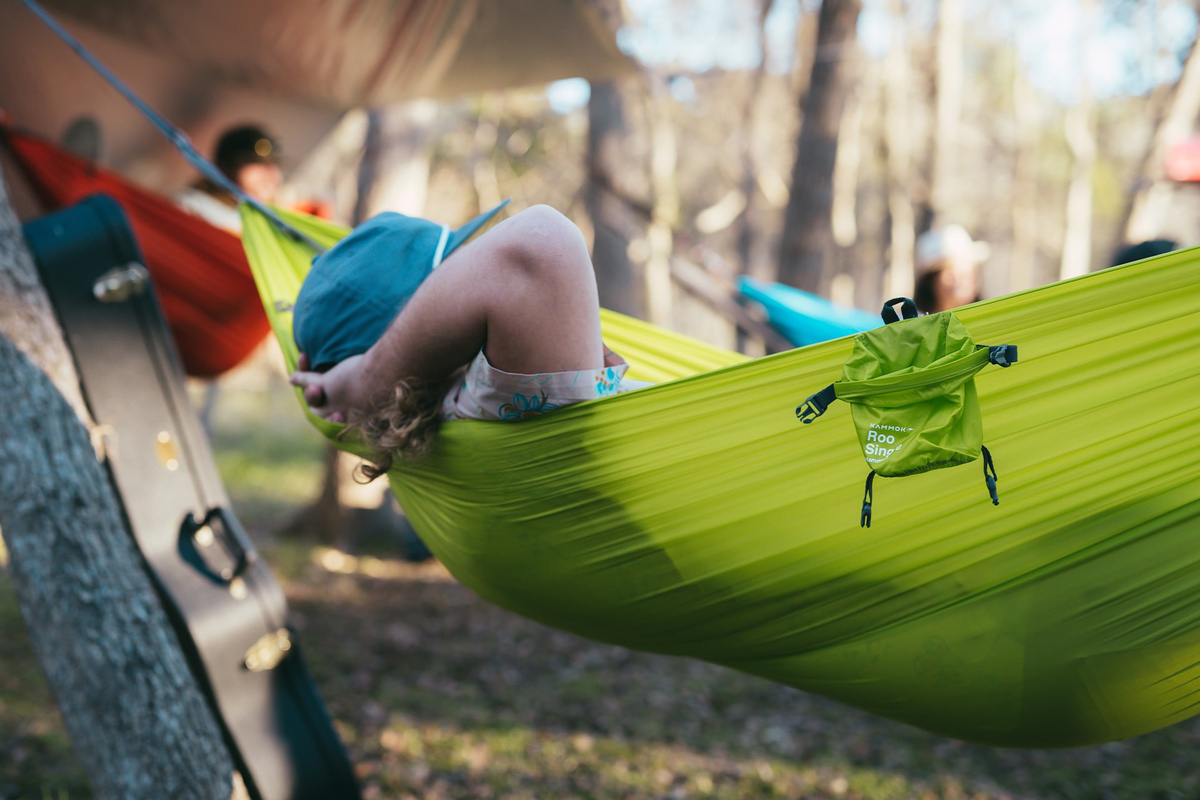
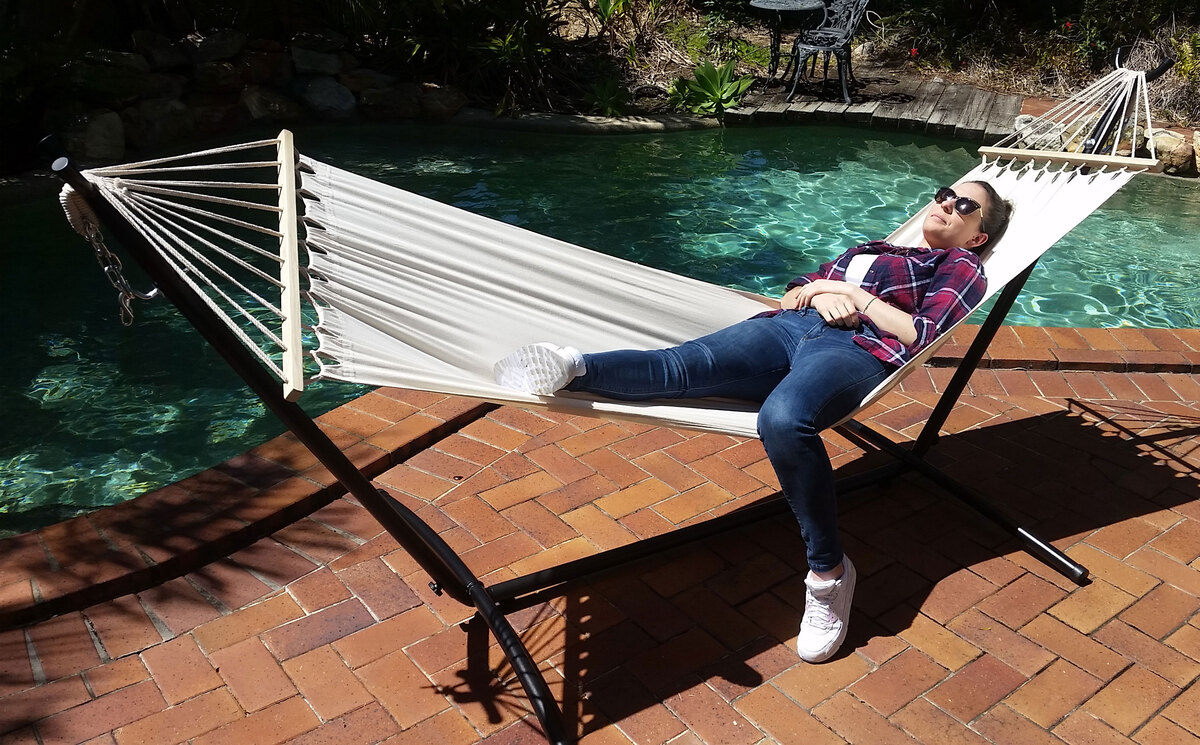

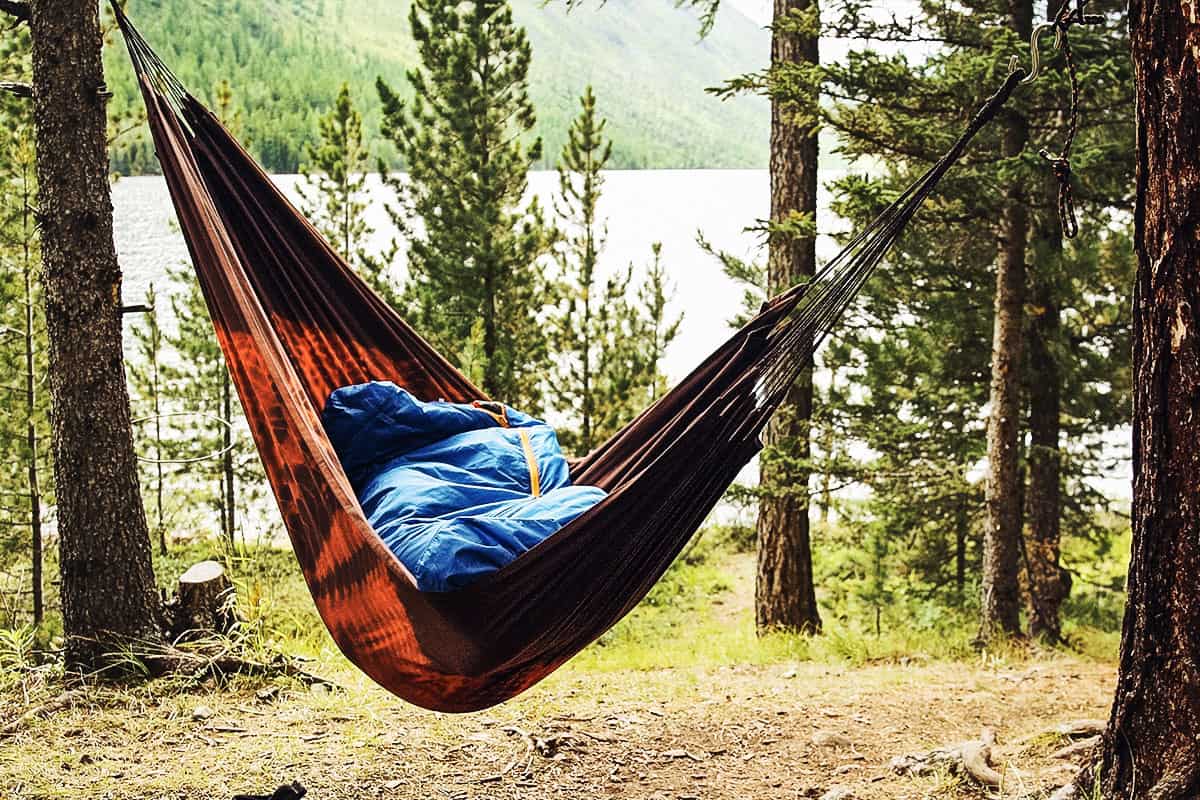
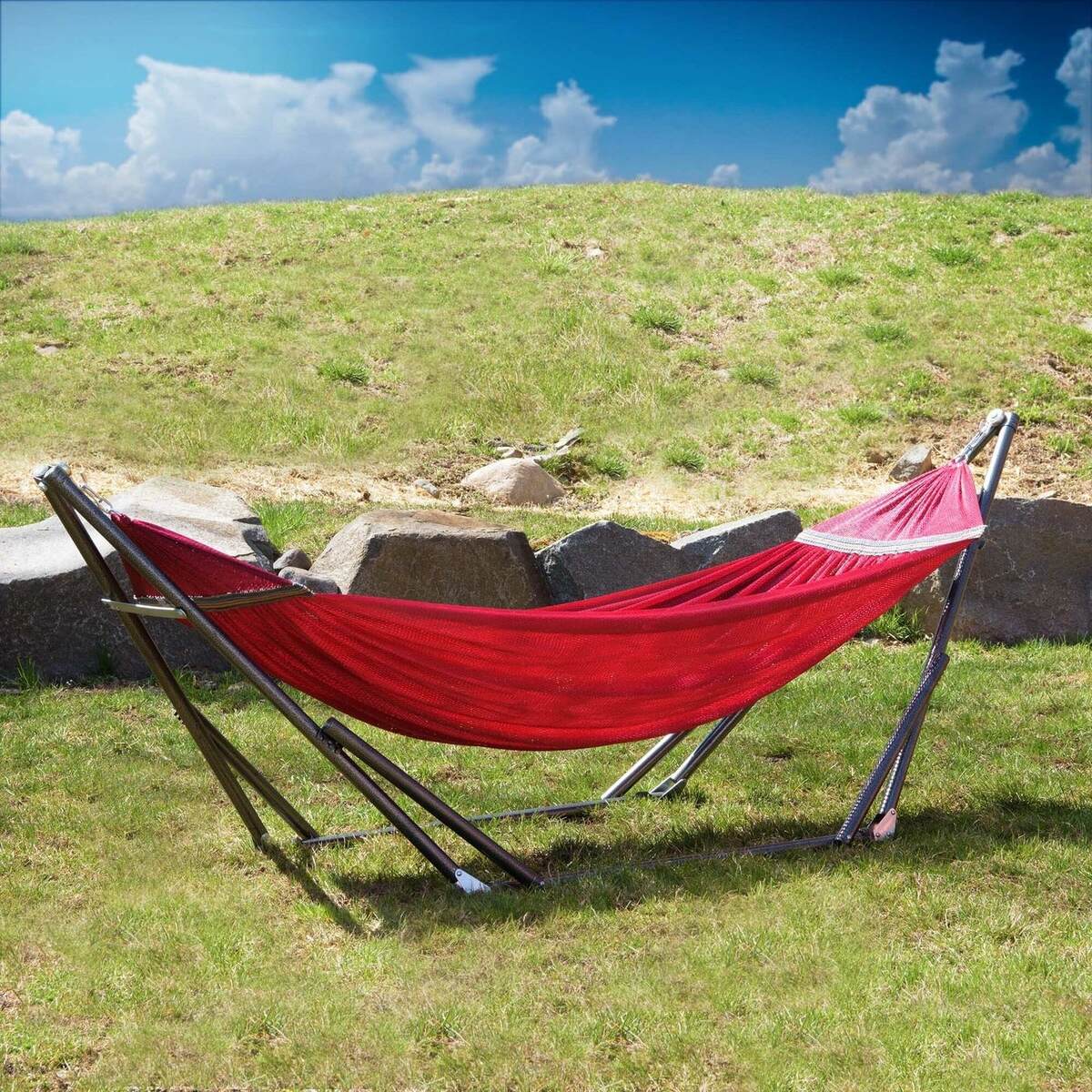

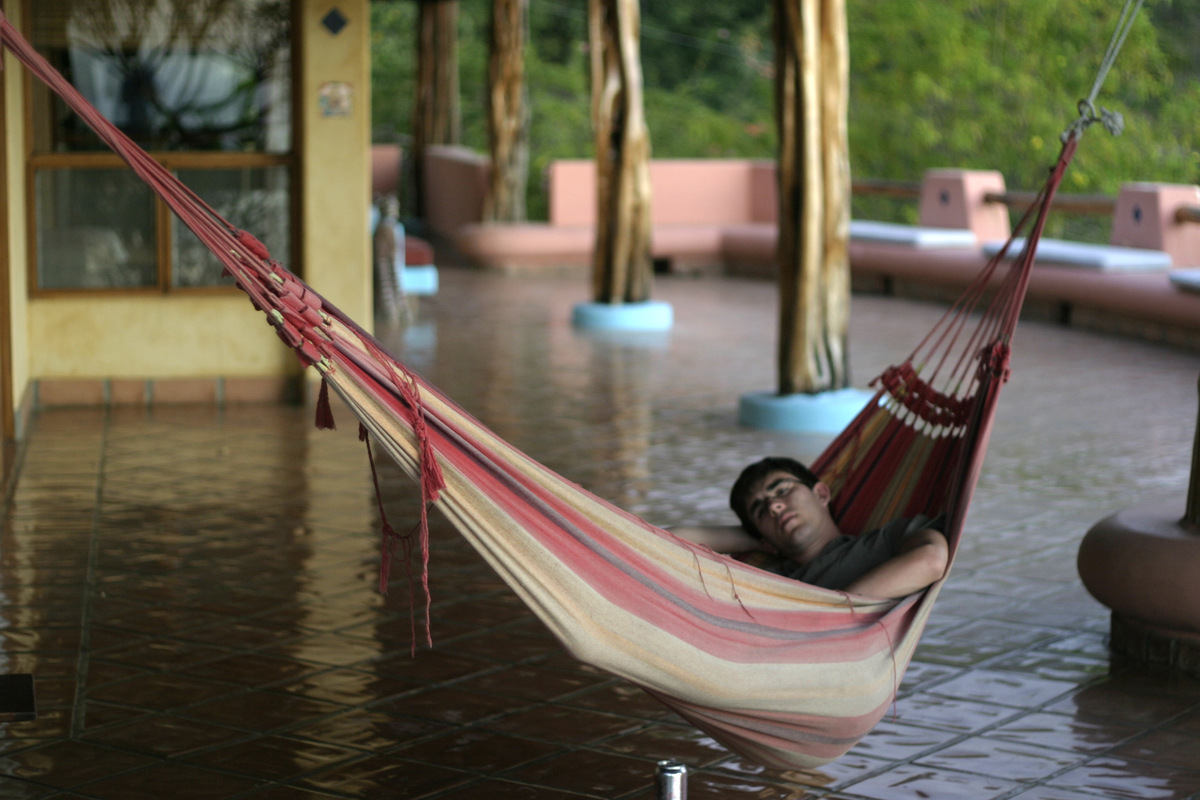


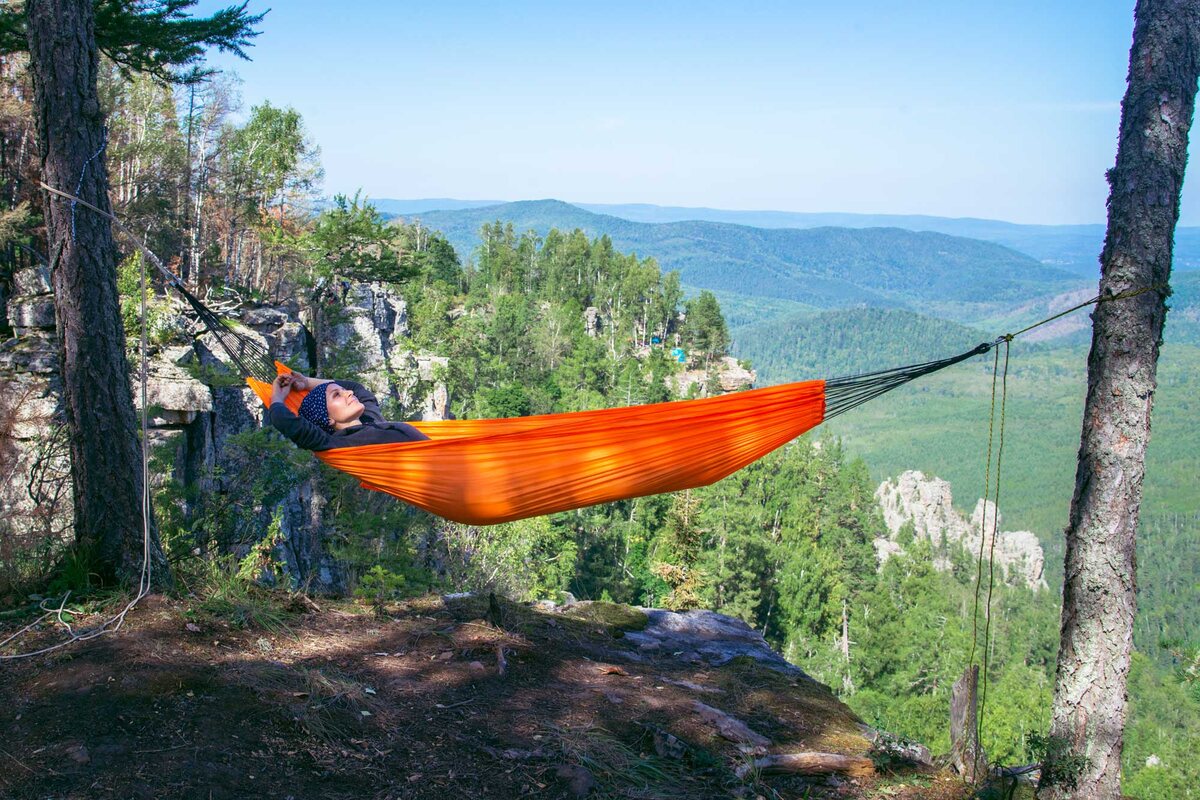
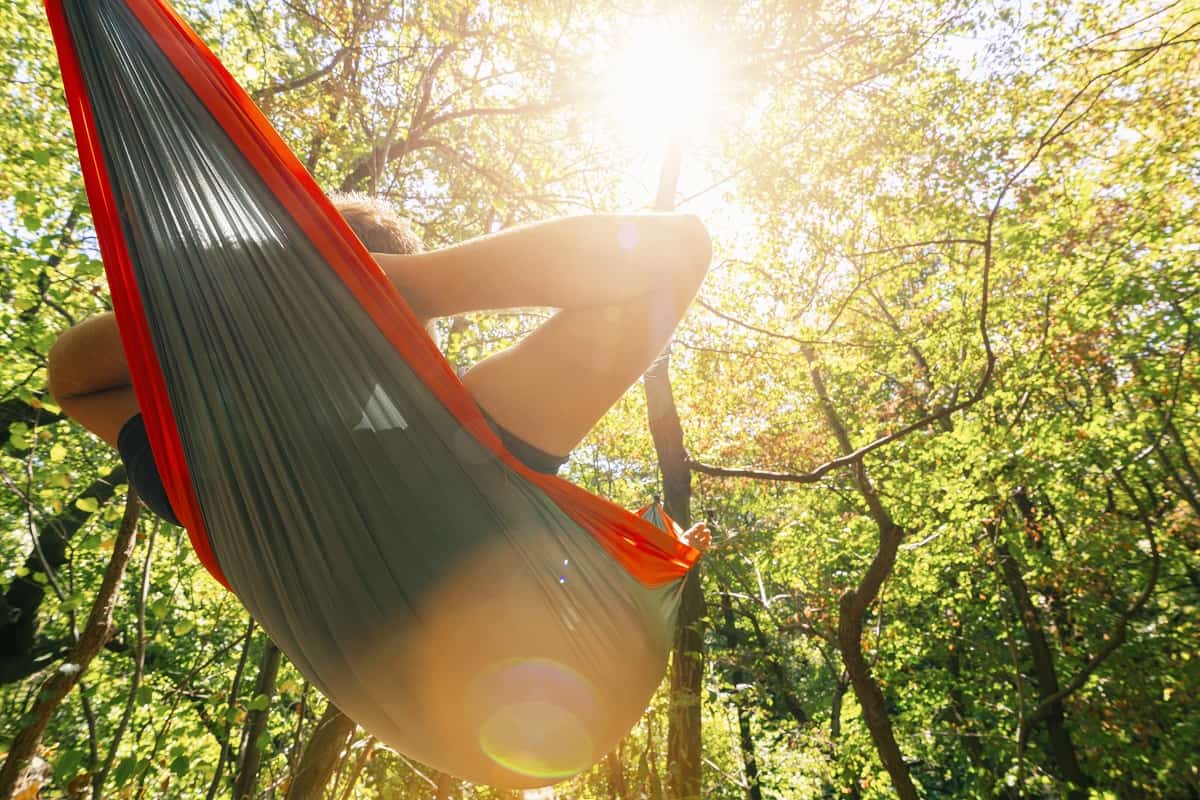
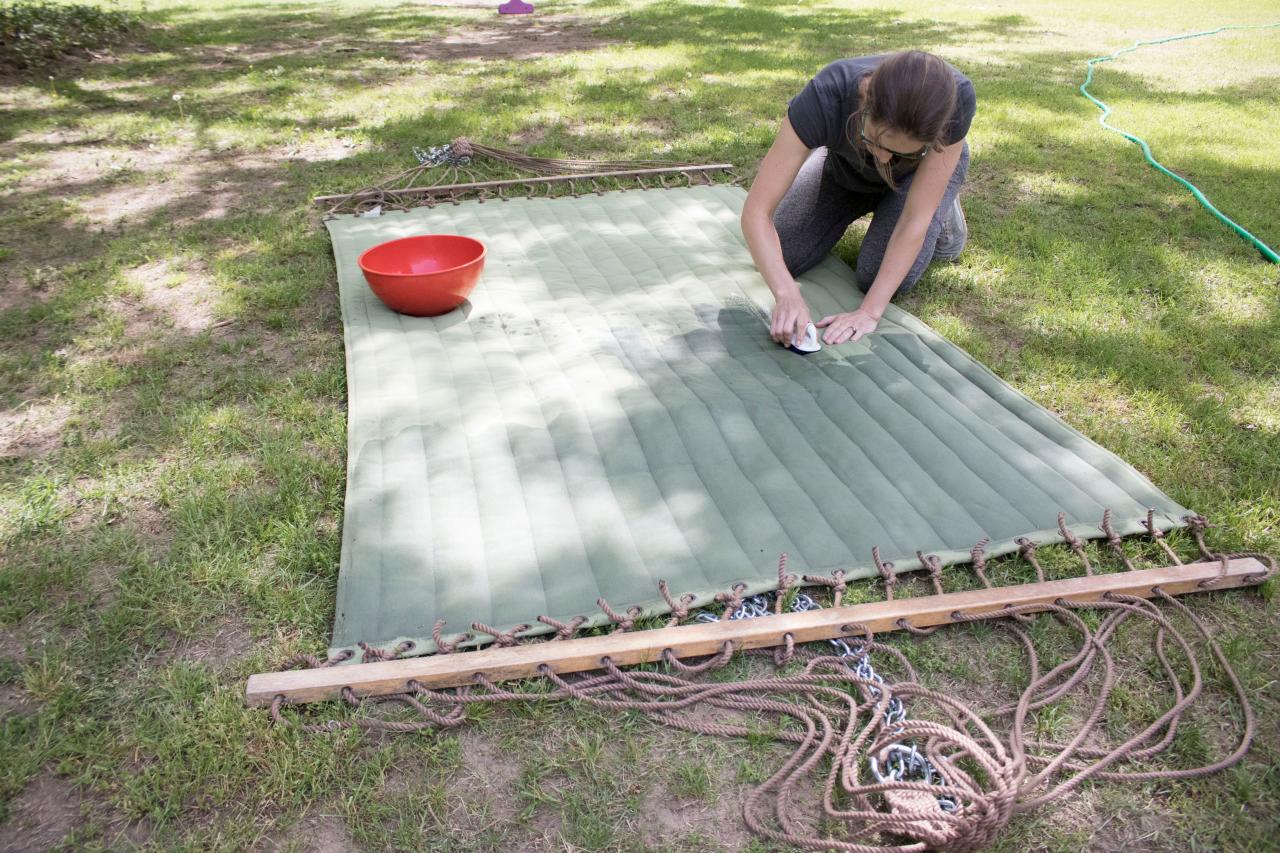
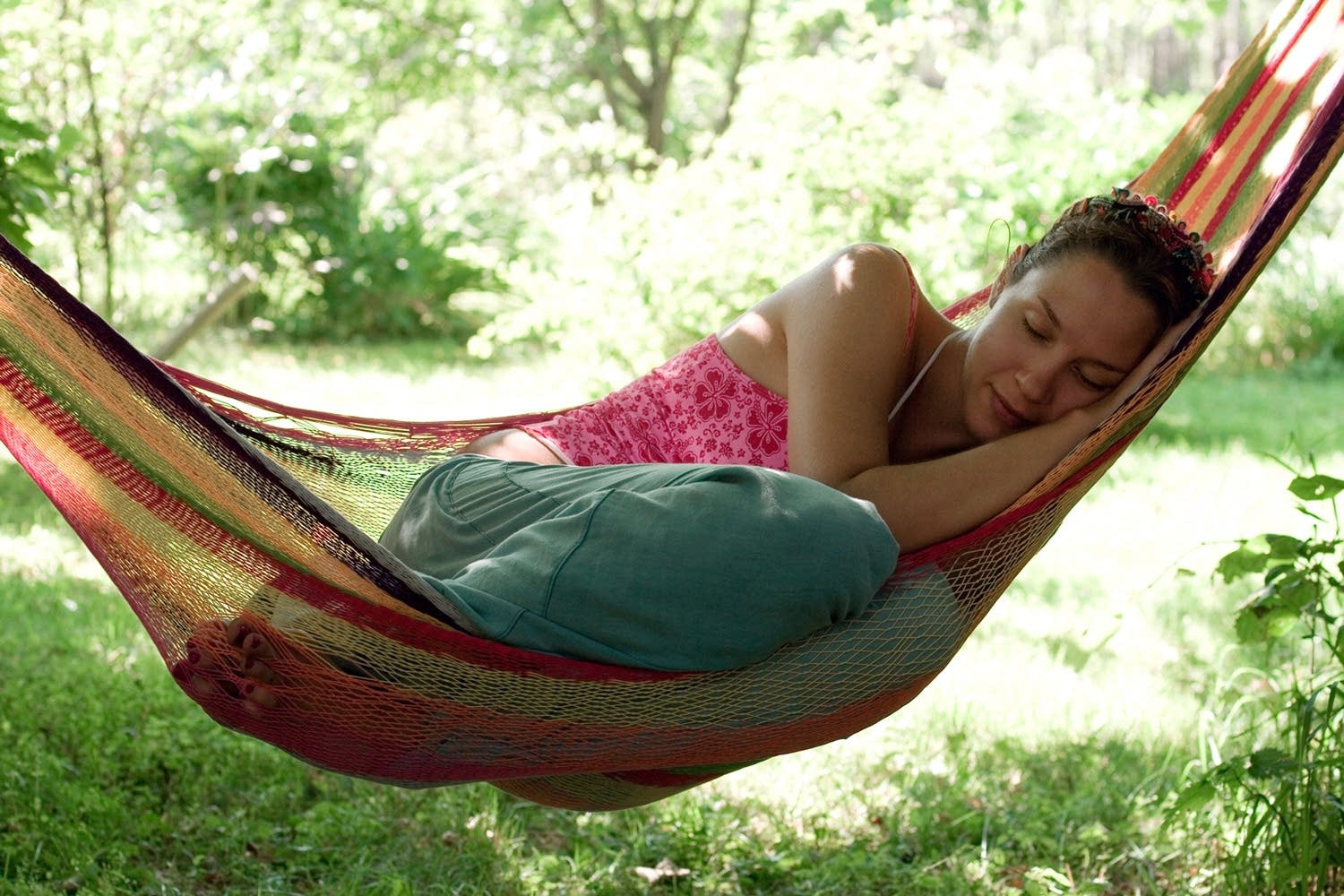
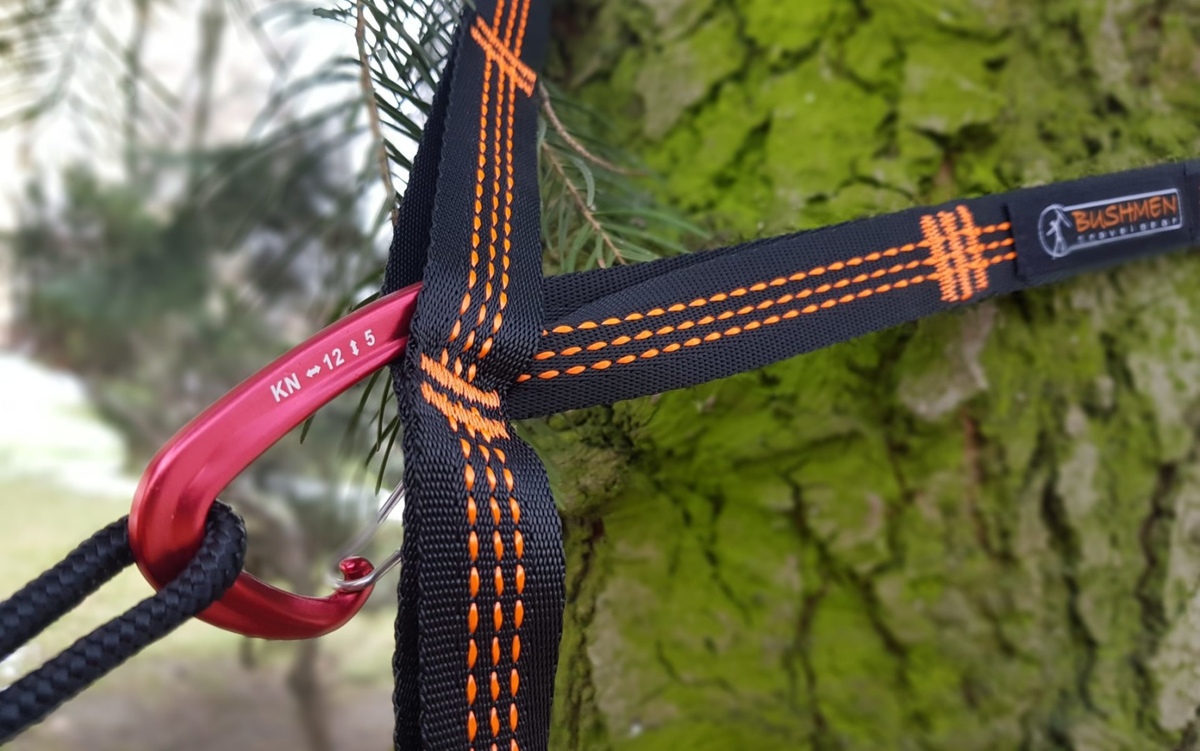

0 thoughts on “What Is A Ridgeline Hammock”